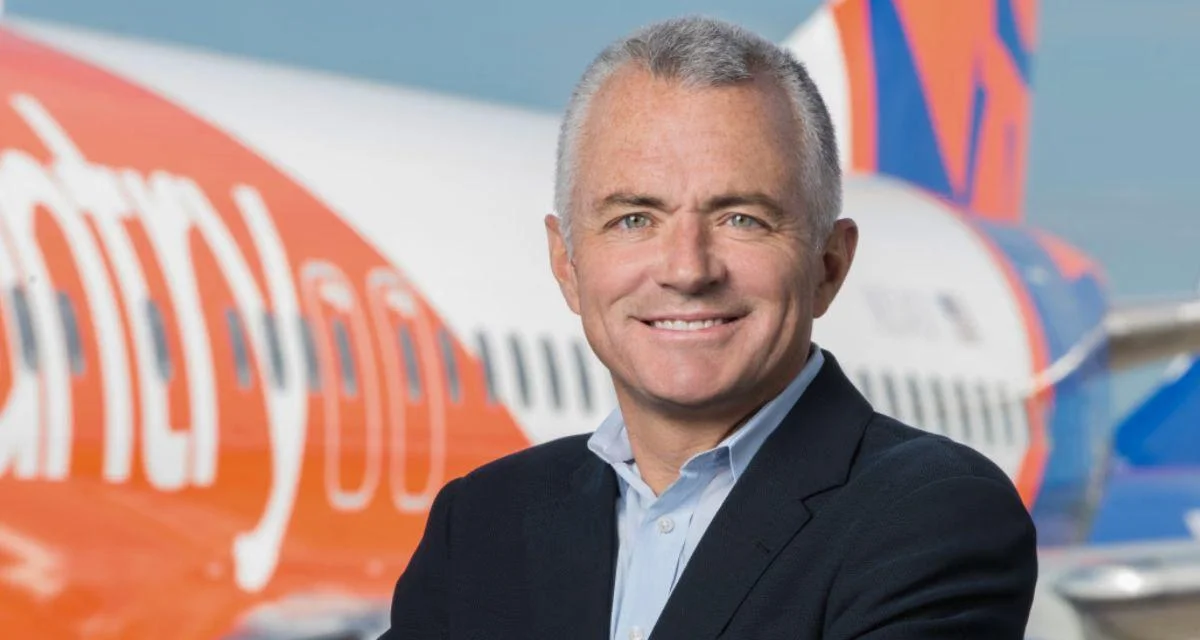The airline reported just $408 million in unrestricted cash for the second quarter and has fully used its $275 million revolving credit facility, which matures in 2028. In October of last year, Spirit borrowed $300 million through a credit line before ultimately filing for bankruptcy in November with $3.3 billion in debt. The company emerged from bankruptcy protection after restructuring in March.
Following its exit from bankruptcy protection earlier this year, Spirit reduced debt and received new investment as part of efforts to become a hybrid carrier rather than solely a budget airline. Plans include reconfigured seating and measures aimed at increasing revenue per passenger.
By the end of 2025, Spirit expects to operate fewer aircraft and cut loss-making routes from its network. Daily flight movements are projected to fall by 26% in the third quarter compared to the same period last year—from 831 daily flights down to 616. Major airports affected by these reductions include Los Angeles International Airport (down 45%), Las Vegas (down 42%), Dallas/Fort Worth (down 42%), Houston Intercontinental (down 30%), and Atlanta (down 26%). Fort Lauderdale-Hollywood International Airport will see a reduction of 15%, while Orlando will experience an 8% decrease in operations.
Spirit Airlines was previously listed on the New York Stock Exchange until its bankruptcy filing last year. Its headquarters are located in Dania Beach, Florida, employing about 1,000 staff members at that site since opening in 2019.
The airline serves approximately 83 destinations across North America, Central America, South America, and the Caribbean. Crew bases are maintained at ten major airports including Atlanta; Chicago O’Hare; Dallas/Fort Worth; Detroit Metropolitan Wayne County; Fort Lauderdale; Houston Intercontinental; Las Vegas; Miami; Newark Liberty International; and Orlando.
Founded in 1983, Spirit operates nearly 200 Airbus aircraft—primarily A320-200s, A320neos, A321-200s, and A321neos—and has over fifty additional aircraft on order. Seating options include business class (“Big Front Seat”), premium economy, and standard economy seating configurations.
Passengers pay extra fees for amenities such as baggage allowance, meals, drinks, and WiFi during their flights.
 Alerts Sign-up
Alerts Sign-up





































